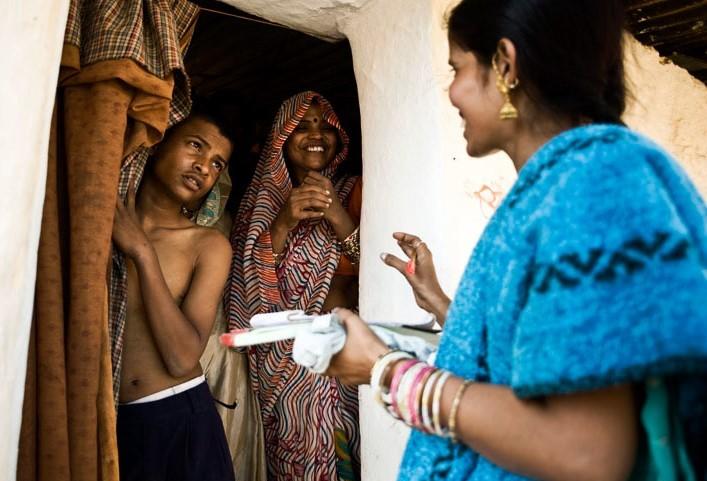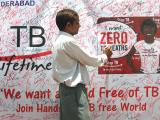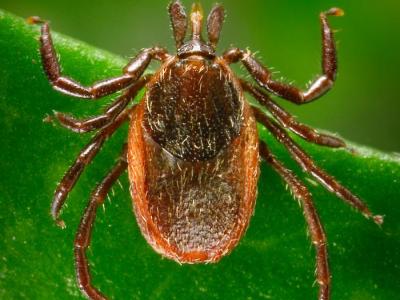The World Health Organization (WHO) warned today that the COVID-19 pandemic is threatening to reverse global progress against tuberculosis (TB).
In its latest global TB report, the WHO says that reallocation of human, financial, and other resources from TB treatment and prevention to the COVID-19 response has resulted in fewer TB case notifications in more than 200 countries. TB notifications in three of the highest-burden countries—India, Indonesia, and the Philippines—fell by 25% to 30% from January to June compared with the same period in 2019 because of health disruptions caused by the pandemic.
The drop in notifications is significant because roughly 85% of people who are diagnosed with the disease and notified can be successfully treated with a 6-month drug regimen. WHO modelling estimates that if the number of TB patients who are detected and notified globally falls by 25% to 50% over a 3-month period because of disruptions to TB services, deaths from the disease could rise by as much 400,000 in 2020.
"The COVID-19 pandemic threatens to undermine our gains," WHO Global TB Program Director Tereza Kasaeva, MD, PhD, said at a WHO virtual press briefing.
Among the problems cited is reassignment of staff from national TB programs to COVID-19–related duties, reductions in the number healthcare facilities treating people with TB, a decline in data collection, and shifting of budgets to pay for the COVID-19 response. In addition, many countries are using rapid diagnostic tests normally used for TB for COVID-19 testing instead.
"COVID-19 and its mitigation efforts are impacting TB services and could cause further delays in achieving our global targets," Alma Golden, MD, assistant administrator for global health at the US Agency for International Development, said during the briefing. Golden warned the disruption to TB services could have a "snowball effect."
"Untreated cases create dangers of development of increased drug resistance, additional spread, and risk of other comorbidities with COVID-19," Golden said.
The WHO also warns that, because TB is a disease of poverty, the economic impacts of COVID-19 pandemic, including lost income and unemployment, could significantly increase the number of TB cases worldwide.
In March, as the pandemic was beginning to spread around the world and countries were issuing lockdown orders, the WHO urged member states to maintain continuity of TB services.
Progress being made, but challenges remain
The new report shows that, prior to this year, the world was making progress against TB, which remains one of the leading global infectious disease threats and is a top 10 cause of death worldwide. Although an estimated 10 million developed TB in 2019 and 1.4 million died from TB-related illness, those numbers are down 9% and 14% since 2015, respectively.
In addition, increases in TB diagnosis and notification over the past decade have resulted in more people receiving TB treatment. Globally, 7.1 million people with TB were newly diagnosed and notified in 2019, up from 5.7 to 5.8 million annually in 2009 through 2012.
The WHO's End TB Strategy calls for a 90% reduction in TB deaths and an 80% reduction in incidence by 2030, compared to the 2015 baseline. The goals for 2020—a 35% reduction in deaths and a 20% reduction in incidence—are close to being met in Europe, which has seen a 31% decrease in deaths and 19% drop in incidence since 2015. Africa has also made strides, with estimated death and incidence declines of 16% and 19% in the WHO African region.
Kasaeva said that a total of 78 countries are close to reaching, or have reached, the 2020 milestone for incidence reductions, including high-burden countries like Kenya, Ethiopia, Russia, Cambodia, South Africa, and Tanzania.
But Kasaeva noted that efforts to provide preventive TB treatment, which the WHO recommends for household contacts of people with confirmed TB and for people with HIV, are lagging. The 6.3 million people started on preventive treatment in 2018 and 2019 represent only one-fifth of the 30 million the agency hopes to be preventively treating by 2022.
In addition, funding for TB prevention, diagnosis, and treatment remains a major issue. At the United Nations High-Level Meeting on TB in 2018, member nations pledged to raise $13 billion a year for TB prevention and care by 2022, but are projected to reach half that target ($6.5 billion) this year. Most funding for TB services still comes from domestic sources, Kasaeva said.
Drug resistance is also a growing problem. According to the report, an estimated 465,000 fell ill with multidrug-resistant or rifampin resistant (MDR/RR)-TB in 2019, and 206,030 people were detected and notified, a 10% increase over the 2018 numbers. But only 38% were enrolled in MDR/RR-TB treatment, which is longer, involves more medications, and is more expensive than non-resistant TB.
The WHO said that while COVID-19 response has taken a toll on TB services, countries are taking measures to mitigate the impact and maintain essential services. A total of 108 countries have expanded the use of digital technologies to provide remote advice and support, and many countries are encouraging home-based treatment and ensuring that TB patients have an adequate supply of drugs.
"2020 is a critical year for all of us," Kasaeva said. "While we struggle to overcome the COVID pandemic together, we should not neglect the millions of people suffering and dying from TB."






















